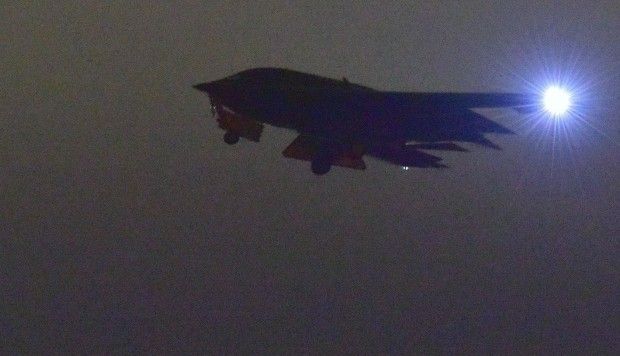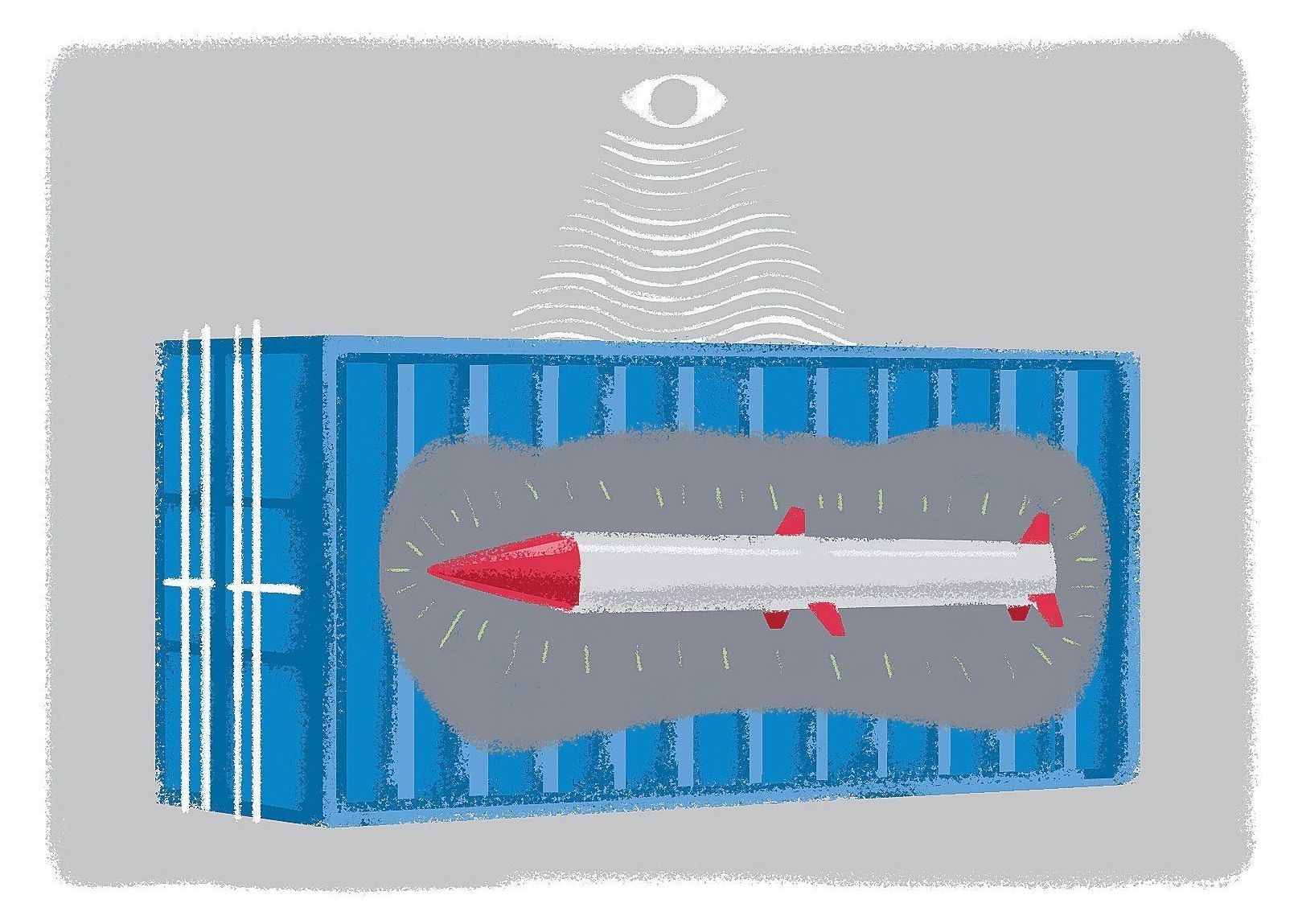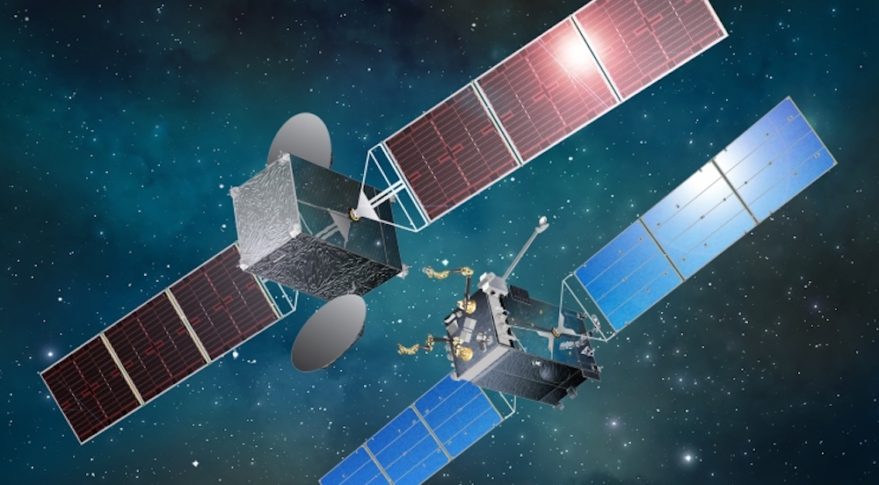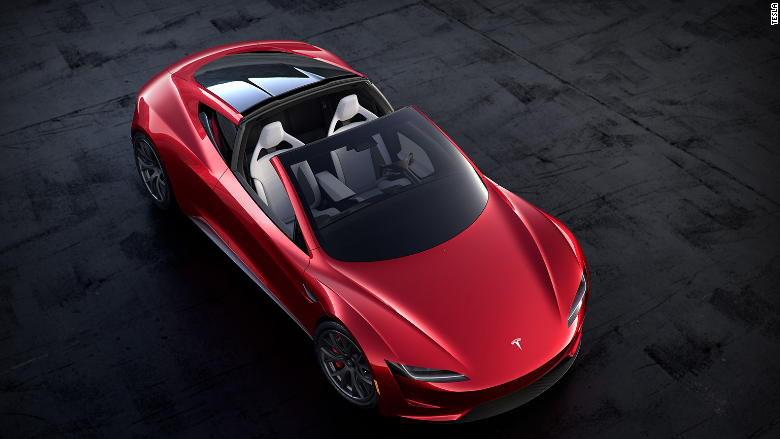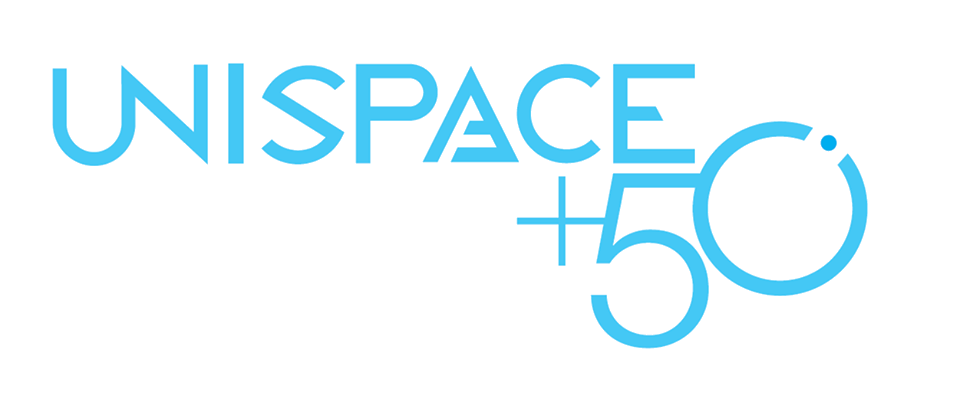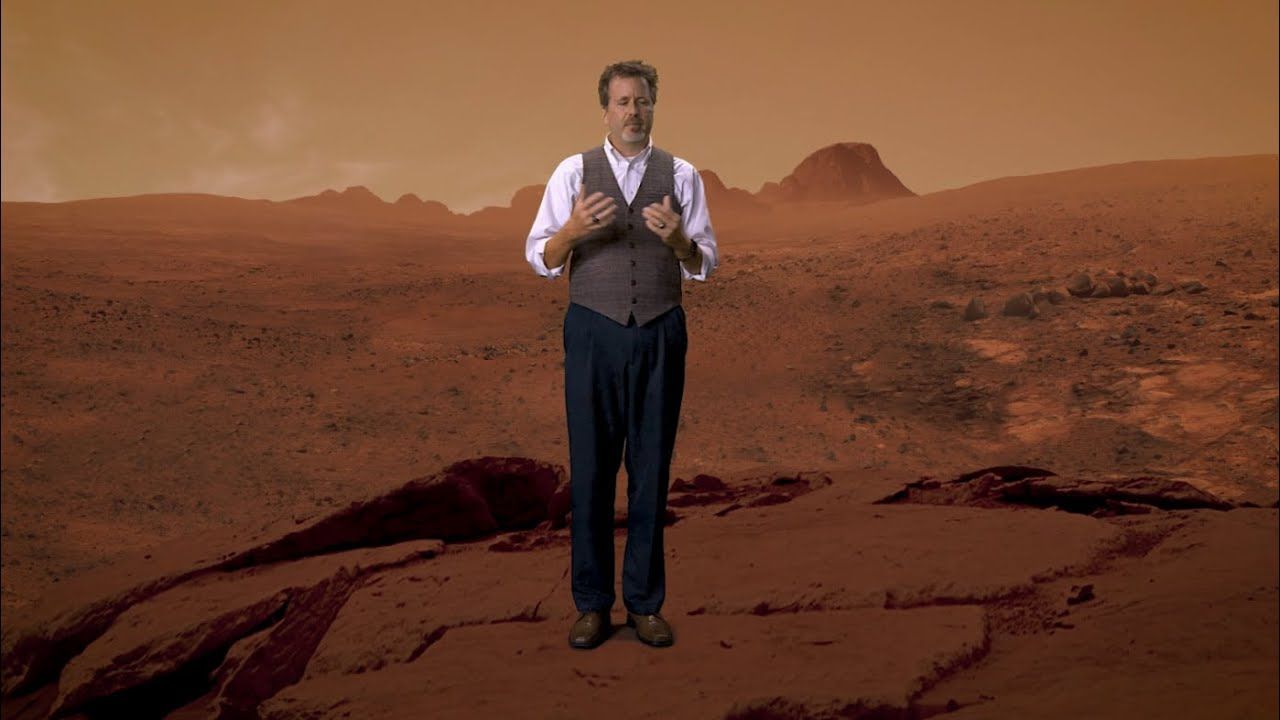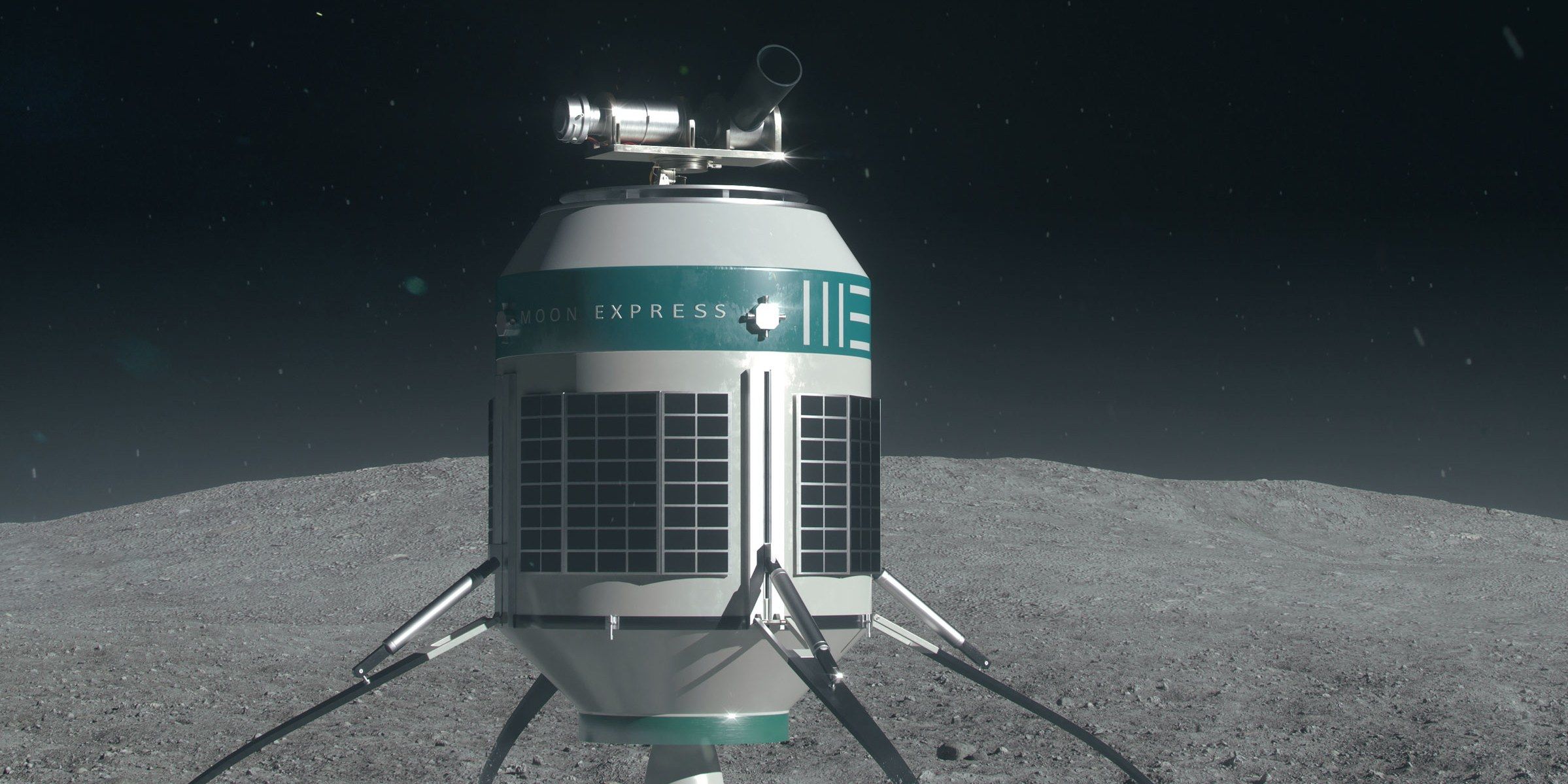Nov 27, 2017
Could ghost imaging spy satellite be a game changer for Chinese military?
Posted by Derick Lee in categories: military, quantum physics, space
Quantum ghost imaging can achieve unprecedented sensitivity by detecting not just the extremely small amount of light straying off a dim target, but also its interactions with other light in the surrounding environment to obtain more information than traditional methods.
A satellite equipped with the new quantum sensor would be able to identify and track targets that are currently invisible from space, such as stealth bombers taking off at night, according to researchers.
Scientists are developing a probe to track stealth bombers at night.
Continue reading “Could ghost imaging spy satellite be a game changer for Chinese military?” »
